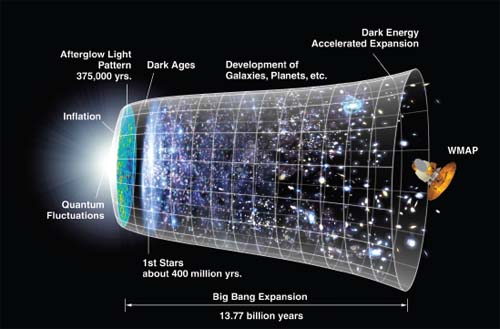The UniverseOrigin of the Universe |
Who were the first scientists to formulate the Big Bang theory? |
In 1917 Dutch astronomer Willem de Sitter (1872–1934) showed how Albert Einstein’s general theory of relativity could be used to describe an expanding universe. In 1922, Russian mathematician Alexander Friedmann (1888–1925) derived an exact mathematical description of an expanding universe. In the late 1920s, the Belgian astronomer Georges-Henri Lemaître (1894–1966) independently rediscovered Friedmann’s mathematical formulation. Lemaître deduced that if the universe were indeed expanding, and has been doing so for its entire existence, then there would have to be a moment in the distant past when the whole universe occupied just a single point. That moment, and that point, would be the origin of the cosmos. Lemaître’s work, and that of de Sitter and Friedmann, was eventually confirmed through observations. Since Lemaître was a Jesuit priest as well as an astronomer, he has sometimes been called “the Father of the Big Bang.”

Astronomers have measured the age of the universe to be about 13.7 billion years old. (NASA/WMAP Science Team)
